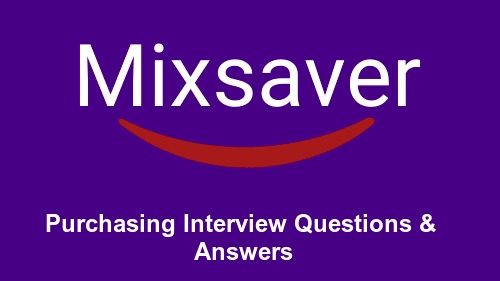1. If Purchase Invoice amount sent by the supplier is more than the PO amount and Invoice has to be passed by invoice amount only. How this can be achieved.
Manually Release the hold by going into the invoice hold option. Thus how we do it in Purchasing module of oracle applications.
2. How you will hide the button Site on the Supplier master form.
A restricted list of functions a user can perform. For example, two responsibilities may have access to the same window, but one responsibility’s window may have additional function buttons that the other responsibility’s window does not have.
3. When can you make payment for the supplier invoice weather at the time of receipt of material or after receiving
Invoice only.
4. Payment due days if 30 days means will it be from invoice date or material receiving date.
Due days calculation is based on what you set up in the PAYMENT tab window of Supplier Master form.
It has Four options:
1. Goods Received
2. Invoice
3. Invoice received
4. System
5. Where do you define matching option for purchasing.
This is also defined in the supplier master form under tab ‘Control’ window.Two options are given as Purchase Order or Receipts.
In receiving tab define whether it is 2 way, 3 way, 4 way match.
6. What is security type and Cross-validation rules.
There are two ways security can be defined. One at individual segment level and One for the entire code combination.
Security type with hierarchical security / non-hierarchical / no security is defined in the value set going to be attached with the individual segment. Here you exclude the segment value which user will not see at time of transaction capturing. Where are Security rule is defined including and excluding the entire code combination which will be seen at the time of transaction and if excluded combination is selected then user define message will appear. In both the case security rule is required to be defined.
Security defined for segment is assigned to your application and responsibilities.
Security rule defined for application, structure and flexfield title with inclusion and exclusion.
7. How many types of Purchase Order are there.
Following are types
i. Standard
ii. Blanket
iii. Contract
iv. Planned
8. What do you mean by planned purchase order.
A planned purchase order is a long-term agreement committing to buy items or services from a single source. You must specify tentative delivery schedules and all details for goods or services that you want to buy, including charge account, quantities, and estimated cost.
9. What do you mean by blanket purchase order.
You create blanket purchase agreements when you know the detail of the goods or services you plan to buy from a specific supplier in a period, but you do not yet know the detail of your delivery schedules. You can use blanket purchase agreements to specify negotiated prices for your items before actually purchasing them.
10. Once these two purchase orders are prepared what is the next step.
You issue scheduled release and blanket release against a planned purchase order to place the actual orders.
11. What is approval hierarchy for Purchase Order.
Position and Employee. If HR Module is not installed then only employee option is used Set up hierarchy for Purchasing
1. Organization.
2. Financial and Payable.
3. Payment document or supplier site for payment accounting entries.
4. Supplier and Supplier Site.
Payment terms as per supplier site or purchase order if both are there then finally takes from purchase order.
12. Where do you define matching option for purchasing.
This is also defined in the supplier master form under tab ‘Control’ window.Two options are given as Purchase Order or Receipts.
In receiving tab define whether it is 2 way, 3 way, 4 way match.
13. What is the difference between purchasing module and iProcurement module?
Iprocurement is a self service application with a web shopping interface. WE can only create and manage requisitions and receipts.
Purchasing module is form based and also lets you create PO and many other functions are possible other than requisitions.
14. What is dollar limit and how can you change it?
An approval group is defined which is nothing but a set of authorization rules comprised of include/exclude and amount limit criteria for the following Object Types: Document Total, Account Range, Item Range, Item Category Range, and Location that are required to approve a PO.
You can always change the rules by doing the below:
Navigation:
Purchasing Responsibility > Setup > Approvals > Approval Groups
Query the Approval group and change teh rules accordingly.
15. What is Receipt Date Tolerance?
The buffer time during which receipts can be created with out warning/error prior or later to receipt due date.
16. How do we set the Receipt Tolerance?
Receipt Tolerance can be set in three different places.
1. Master Item Form (Item Level)
2. setup, organization form (Organization Level)
3. Purchase Order, Receiving controls. (shipment level).
17. How do I find my Suppliers?
Candidate should answer that usually any type of businesses will have a suitable set of existing suppliers. However, new suppliers are good for businesses. Because of them there will be healthy competition and competence. If you browse and do some research, new suppliers can be found. It can also be found in trade directories and associations, exhibitions, trade press, competitors and advertising.
18. What should be the qualities of purchasing assistant?
In order to score in this interview question, a efficient way is to give a list of qualities and skills that is suitable with an admin assistant position. You can start with “Firstly, an admin must have effective methods, secondly, give job the priority, thirdly, create a good team work” etc. Remember that the duty of an admin assistant is to communicate with several of people, so excellent communication skills and a good personality are required.





